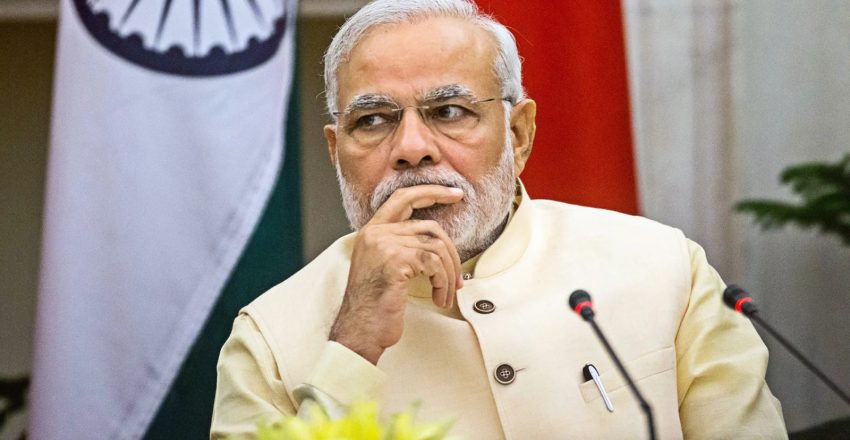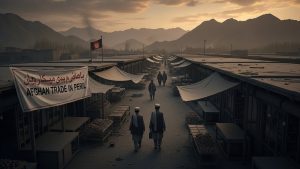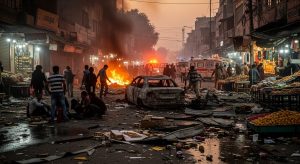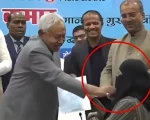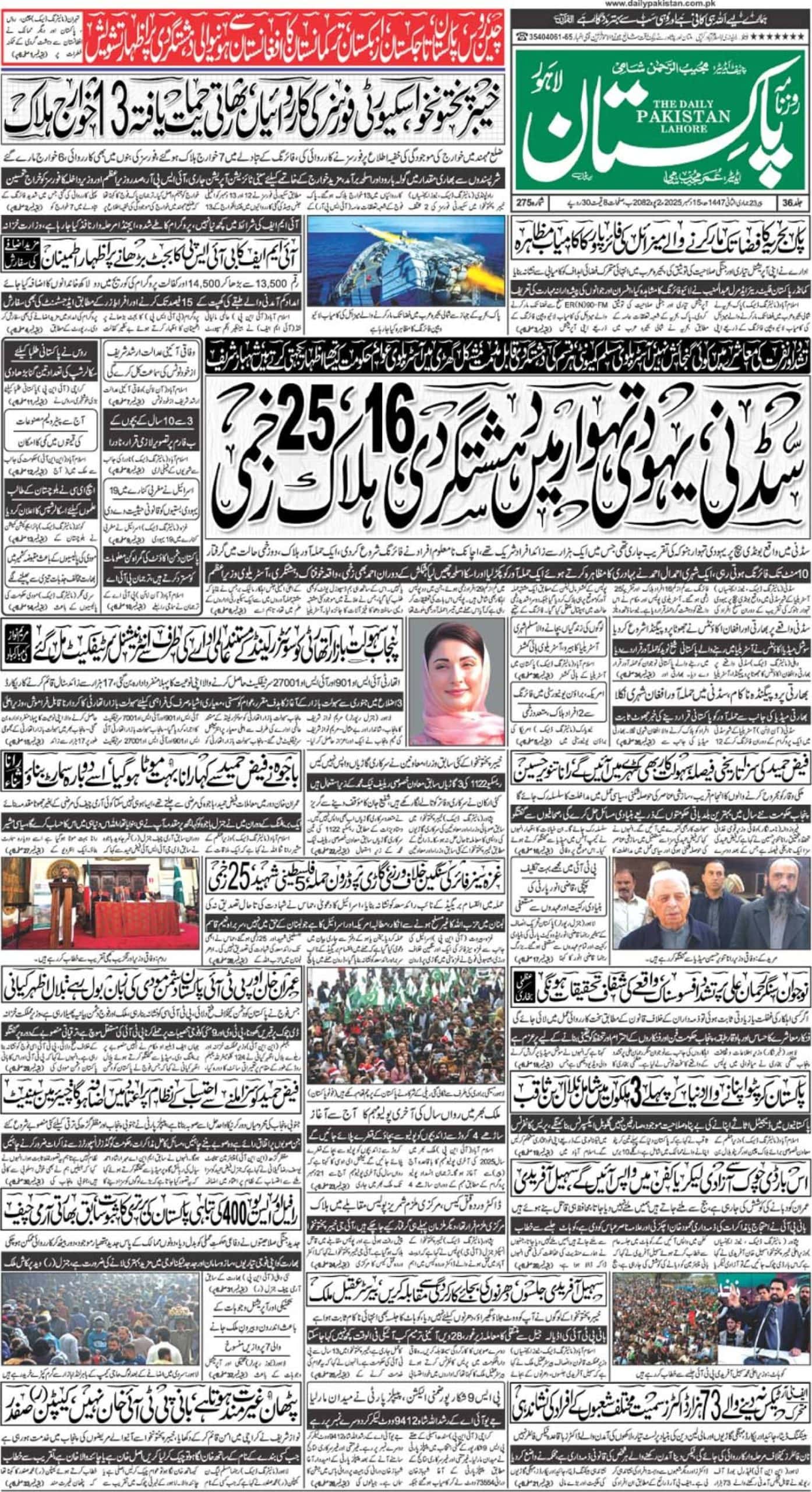Watching the constant tension between Pakistan and India, something really hit home again with the recent attack in Pahalgam, occupied Kashmir. It brought back that deeply unsettling feeling about a tactic India seems accused of using far too often: false flag operations. Right after the attack, it felt like Indian authorities scrambled to control the story, shutting down anyone asking tough questions. For me, this isn’t new; it feels like a pattern where the government uses these external crises to shift focus away from problems at home. I’ve read reports, even in some Indian media, about official suggestions to clamp down on critics, and it really seems like the space for independent journalists and honest questions is shrinking fast in India.
We hear a lot about India being the “world’s largest democracy,” but honestly, when you look closely at how they handle dissent, it feels much more complicated and frankly, quite troubling. There seems to be a long, troubling history there of the government silencing voices that challenge the official line, especially when it comes to incidents that smell like false flag attacks. I’ve read about journalists, activists, and even regular people facing serious consequences – arrests, detention – just for raising concerns or asking the kind of hard questions a healthy democracy should welcome. Instead of engaging with criticism, the authorities often seem to punish those who step out of line. To me, this crackdown really chips away at the “democratic” label. When a democracy punishes people for questioning, you have to ask how real that democracy truly is.
This Pahalgam attack, happening where it did – in Kashmir, a place already full of pain and conflict because of the occupation – feels like another piece of this strategy. It looks like using violence to whip up nationalism and, crucially, distract everyone from India’s own policy failures or internal strife. It reminds me so much of Pulwama back in 2019. That was a terrible loss of Indian lives, but many serious analysts I’ve followed since have raised real questions, suggesting parts of it were manipulated to strategically boost nationalistic fever right before an election. It feels like these kinds of operations have become a go-to political tool, used again and again to stir up anti-Pakistan feelings and push the ruling party’s agenda.
And it’s not just Pulwama. Think about the Uri attack in 2016. India claimed big successes, but where’s the solid proof? From what I’ve gathered, no convincing evidence, like bodies of attackers, was ever really shown to back up the numbers. This lack of transparency, this seeming inability to provide clear answers when challenged, makes it hard for me not to be skeptical about the official stories. Pathankot in 2016 is another one where the government made a big show, possibly to justify military action, but the actual facts of what happened remain frustratingly murky.
But India didn’t stop at murky military incidents; they attempted to land a hard hit psychologically through other means, stooping to a particularly cynical level after Pathankot to Pahalgam. I’m talking about the explicit threat to unilaterally block the flow of life-giving river water into Pakistan, weaponizing the shared resources governed by the Indus Waters Treaty. It was a truly malicious posture, clearly aimed at threatening Pakistan’s very survival. However, my understanding from consulting water experts confirms this threat was nothing more than hollow bluster, utterly lacking practical feasibility. The treaty itself, a surprisingly durable agreement despite the hostile relationship, unequivocally prohibits India from unilaterally halting the designated flow. Moreover, the hard reality is that India simply doesn’t possess the infrastructure – its usable storage capacity on these key western rivers is quite limited, around 0.624 million acre-feet (MAF). In significant contrast, Pakistan’s crucial Mangla Reservoir alone holds about 7.35 MAF. This substantial practical disparity means any actual attempt by India to choke off the water, even if relentlessly pursued, would have a negligible strategic impact on Pakistan’s vast and critical water resources, particularly further downstream where key storage exists. This impotence exposed the threat for what it was: empty, irresponsible posturing designed purely to intimidate and bully, flagrantly disregarding international agreements and basic regional stability. Past attempts by India to subtly manipulate water flows have already proven ineffective, further highlighting the malicious emptiness of these threats.
What’s also interesting is that it seems even people inside India are doubting these aggressive claims. I’ve seen reports of Indian commentators and analysts pointing out how unrealistic these big threats are, especially the one about water. They know it would take decades and huge amounts of money that India doesn’t seem ready to spend. It reinforces my feeling that a lot of this is about managing perceptions through fear, not facing reality.
And it’s not just about questionable attacks or cynical water threats. We see this desperate need for control in how India handles information too. They’ve banned Pakistani news channels, sure, but they’ve also gone after things like that critical BBC documentary and other reports. Why? It seems to me it’s because these things show a side of India – maybe the ‘true face’ – that the government doesn’t want the world, or its own people, to see. Blocking information critical of the state like that feels fundamentally opposed to the open debate vital for any genuine democracy.
Slowly, it feels like the rest of the world is starting to pay closer attention and ask more questions about India’s behaviour. Pakistan keeps highlighting these issues on the world stage – the disinformation, the alleged false flags – pushing for transparency. And I think people are starting to listen, questioning the simplistic narratives coming out of New Delhi more critically.
So, what does it all add up to? For me, it looks like a deliberate strategy by the Indian government to keep everyone distracted. Create fear, point fingers externally (often at Pakistan), clamp down hard on anyone who disagrees – all, it seems, to avoid dealing with serious internal problems, whether economic, social, or political. Under the current leadership, this trend towards authoritarianism feels stronger, making it harder and harder for dissenting voices to even breathe.
In the end, Pahalgam isn’t just one isolated event. It feels like the latest example of a deeply worrying pattern: India potentially using false flags and definitely using heavy-handed media control and cynical threats to shape the story. As people inside and outside India keep calling for real answers and accountability, we absolutely cannot let the truth get buried by political spin or silenced by fear. These attempts to distract from internal failures by creating external crises don’t just hurt regional stability; they fundamentally damage the democratic ideals India falsely claims to represent. We all need to stay vigilant and keep demanding transparency, because finding and speaking the truth is, I truly believe, the only way towards any kind of lasting peace in South Asia.

